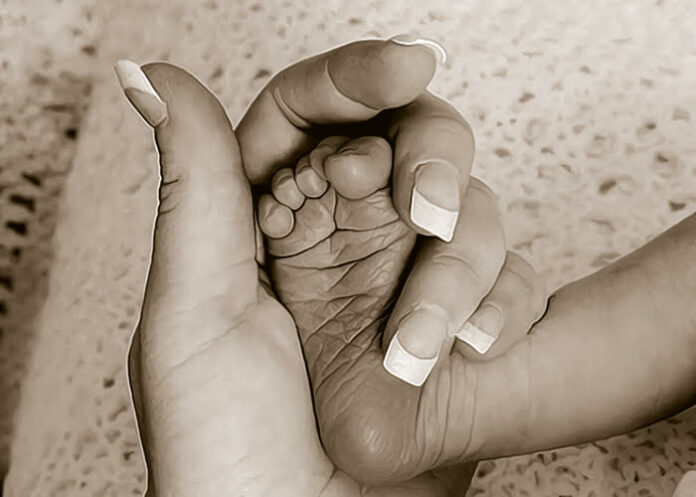The National Department of Health has released new guidelines relating to mother and newborn care. Writing in The Conversation, Jeannette Wessels and Ute Feucht say COVID-19 has had a direct impact on maternal mortality and equally devastating indirect effects. With that in mind, the National Department of Health (DoH) has released new guidelines relating to mother and newborn care, providing an essential road map to reducing the impact of the pandemic on this vulnerable group, among others, into the future.
South Africa saw an additional 16 COVID-19-related maternal deaths per 100,000 live births, compared with maternal deaths in uninfected women. This mortality rate is similar to that of disorders related to high blood pressure in pregnancy. Pregnant women with high blood pressure, diabetes and obesity are at higher risk of severe COVID-19.
Gains previously made in some key areas of maternal and newborn health before the pandemic also suffered. Women were not allowed to have birth companions present during delivery, while kangaroo mother care for premature babies was halted in some settings.
Some mothers were separated from their newborns due to COVID-19 restrictions, while other health programmes, including HIV and TB care, were also stalled.
Mindful of the ever-present threat of COVID, the National Department of Health has recently published COVID-19 Clinical and Operational Guideline for Mothers, Newborns and Children.
Pregnant women don’t have a higher risk of becoming infected with SARS-CoV-2, but are at higher risk of severe COVID-19, especially in the last trimester.
The early days of the pandemic were marked by widespread fear, with people reluctant to visit healthcare facilities – so routine but critical services declined, like family planning, antenatal/postnatal care, childhood immunisations, and growth monitoring and nutrition services. Between February and April 2020 family planning rates dropped by around 35% and immunisation coverage by around 25%.
Back to basics
The new guidelines’ main themes are the integration of COVID-19 care into routine maternal and childcare services, non-separation of mother-baby pairs, COVID-19 vaccination, non-pharmaceutical interventions for infection prevention, and support for maternal and healthcare workers’ mental health.
Separation of the mother-infant pair negatively affects breastfeeding, bonding and kangaroo mother care (caring for pre-term infants, involving the infants being carried, with skin-to-skin contact). This was stopped to prevent COVID-19 infections. The new guidelines focus on enabling a mother to breastfeed her infant, with skin-to-skin contact.
Vaccines protect mothers from severe disease and death, and give antibody protection to the baby, so the guidelines recommend vaccination as part of routine antenatal care.
Healthcare workers and pregnant women are at higher risk for mental health disorders, the latter also being more vulnerable to social risks, like gender-based violence (GBV). The guidelines facilitate screening, identification and care for mental health conditions, GBV, grief and bereavement, addictions and adolescent pregnancies.
Jeanette Wessels is a researcher, Centre for Maternal, Foetal, Newborn and Child Health Care Strategies, University of Pretoria
Ute Feucht is Associate Professor in Paediatrics, University of Pretoria
See more from MedicalBrief archives:
Pandemic wipes out a decade of improvement in maternal health in SA
30% increase in maternal deaths in SA during first wave of COVID-19
Lockdown’s terrible damage to South African healthcare
Mounting concern over SA’s child and teen pregnancy crisis

